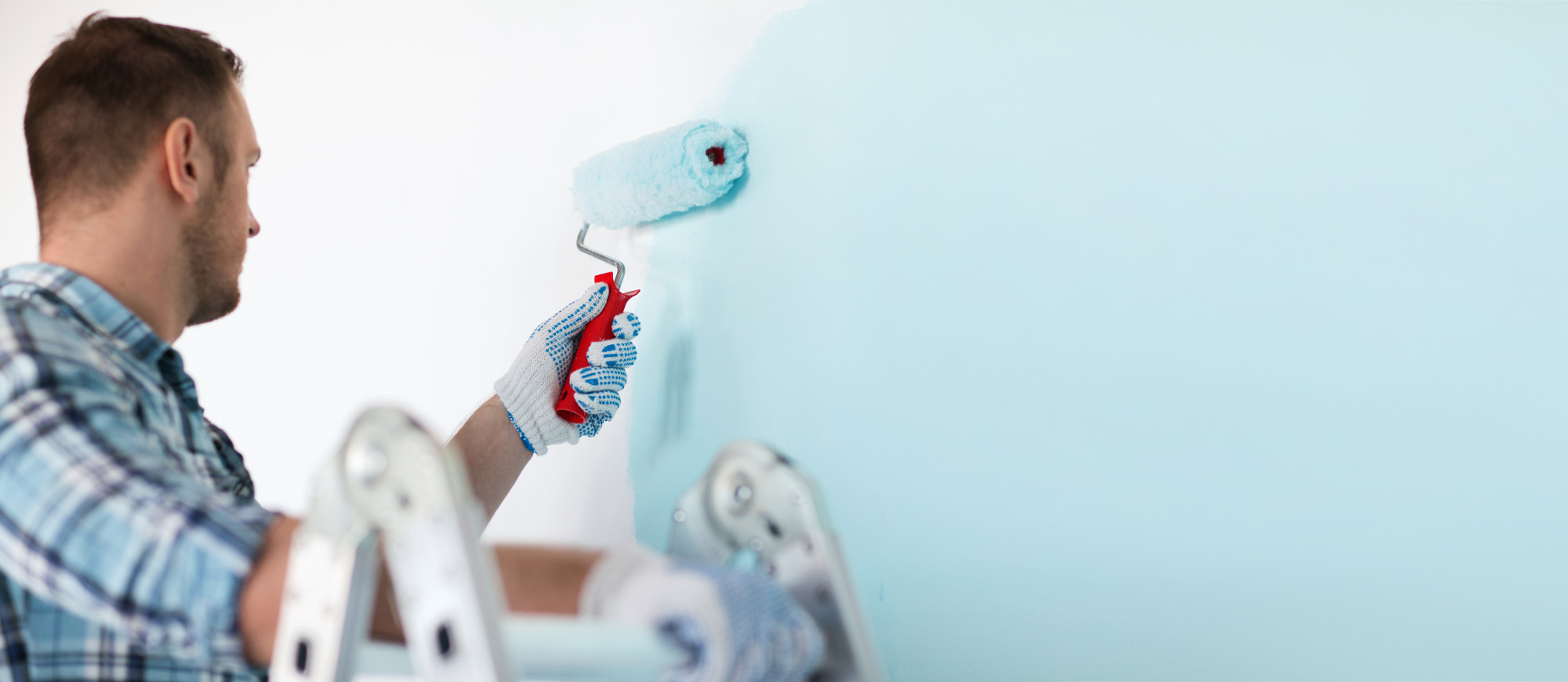When you walk into a freshly painted room, does it induce a sneezing fit? Or do you start to feel light-headed from the fumes?
More people fell sick in the first month of a new building opening compared to any other month, and paint fumes are one of the top culprits.
Many people assume that once the paint dries, the smell will no longer affect them. But paint fumes are harmful and affect your health.
There are different types of paint and vapors, so it’s important to know when you need to cover your mouth or leave the room. Read on to learn more.
Is Inhaling Paint Fumes Dangerous?
Inhaling paint fumes can be dangerous when using oil-based paints and solvents. These contain volatile organic compounds (VOCs), which vaporize and stay airborne.
The paint itself can also contain heavy metals such as cadmium and lead, which can cause serious damage. It is best to avoid inhaling paint fumes whenever possible by ensuring that adequate ventilation is provided during indoor painting.
The Side Effects
Side effects of paint fumes can irritate the eyes, nose, and throat, as well as headaches and dizziness. Symptoms can range from mild to extreme, and long-term exposure can lead to more severe health issues.
The degree of severity is directly related to the amount of wall paint in the air and the length of exposure. Ingestion of paint fumes can cause stomachaches, vomiting, and can even be fatal.
Exposure to paint fumes can also cause skin irritation and allergic reactions. It is recommended to always work in a well-ventilated area, wear a protective mask, and use low-VOC paints whenever possible.
Environmental Alternatives to Paint Sources
Utilizing low or no VOC paint is a choice, as VOCs have been proven to have adverse health effects on humans. Another is to inquire into the ingredients used in paint, searching for natural, renewable ones.
Organic, eco-friendly paints have been proven to have no odor and are much safer than traditional paint. Recycled paint, when recycled properly, can cut down on resource consumption.
Preventive Measures
Open all the windows in the room in which the painting is taking place and open the door to increase airflow. It is also a good idea to invest in an extractor fan, as this can draw out airborne particles.
Before painting or remodeling, find any current or past lead-based paint in the home. Property owners must train workers in the proper techniques for identifying and managing lead-based paint.
Look for a lead based paint disclosure before purchasing a property to be aware of any hidden hazards you might face. Being aware of the dangers of paint fumes can help you prevent any danger to your health and to the health of your family.
A Guide to Knowing More About Paint Fumes
Paint fumes can be dangerous to breathe in and can cause serious health issues over time. By reading this guide, you can be well-informed before beginning any painting job to stay safe.
Understanding the risks of paint fumes is a crucial part of staying safe when using paints. So, follow instructions and take necessary precautions, your health is worth it!
Want to learn more? Check out our other articles for more information and help.









